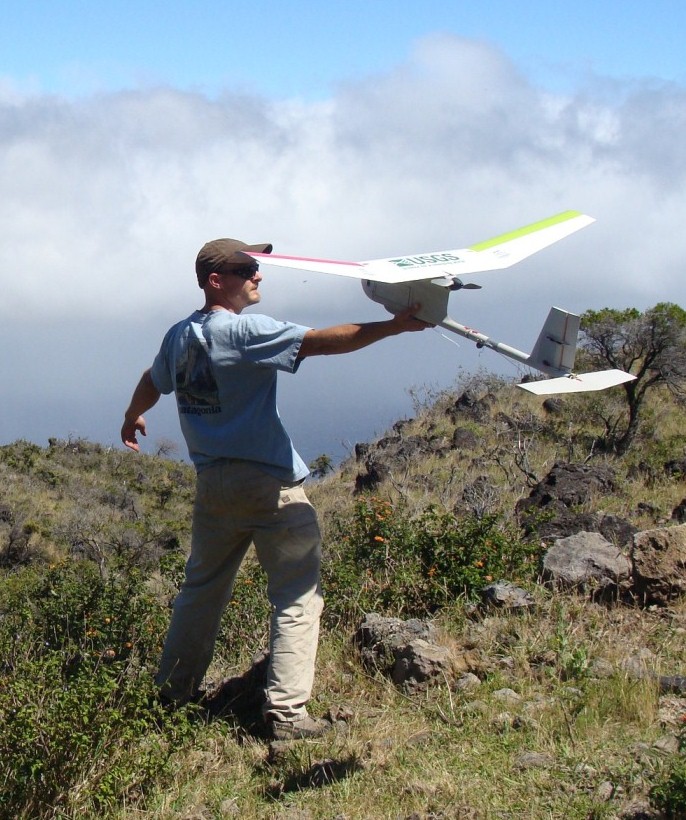The Department of the Interior (DOI) is responsible for the management of one-fifth of the land area of the U.S., which includes vast stretches of land in remote areas and in rough terrain and weather conditions. DOI missions can be dangerous, require persistent presence, be conducted in hazardous environments, and often need to be conducted without disturbing native species and visitors to our lands. The Unmanned Aircraft Systems (UAS) operational test and evaluation program can be summed up in three words: Science, Safety, and Savings.
UAS aircraft have several tangible benefits. UASs are far less disruptive to sensitive animal species than manned aircraft. They carry high-tech sensors and transmit real-time data that can also be recorded for future analysis. Many offer greater airborne persistence and launch responsiveness than manned aircraft. These unique characteristics enable UASs to gather repeatable, scientifically valid observations. Better science leads to better policy decisions, which benefits all Americans.
DOI missions often expose personnel to major safety hazards. From 1937 to 2000, 66% of all field biologist fatalities in the DOI were aviation related. UAS aircraft have also been used to replace ground personnel in certain missions, reducing their risk to injury. UAS is one tool the USGS is evaluating as part of its program to improve safety.
The cost to operate small UASs (UAS under 55 pounds) currently employed by DOI is less than 10% of the cost to operate manned aircraft. Where UASs can adequately replace manned aircraft, the savings to the American taxpayer is significant.

Cover of USGS Unmanned Aircraft Systems Roadmap.

